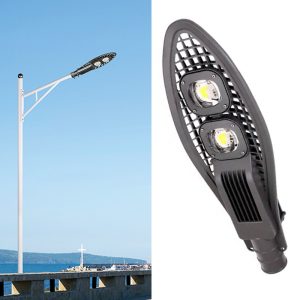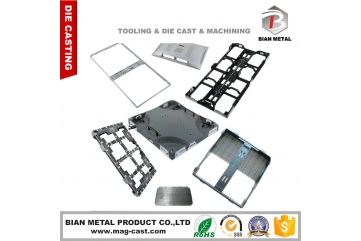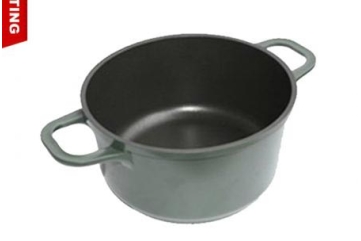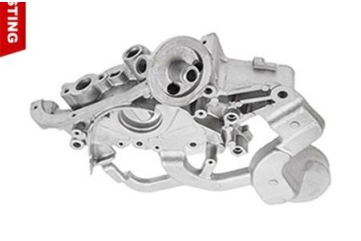Do LED lights need a housing?
As LED technology continues to advance, its application in residential, commercial, and industrial lighting grows exponentially. One common question among users and professionals alike is: Do LED lights need a housing?
The Importance of LED Light Housing
LED light housing serves several critical functions that contribute to the efficiency, safety, and aesthetics of LED lighting systems. Here’s a detailed look at why housing is indispensable:
Protection and Durability
LED light housing protects the internal components of the LED lights from environmental factors such as dust, moisture, and mechanical damage. This protection is especially vital in outdoor or industrial settings where exposure to harsh conditions is common.
Thermal Management
Despite their efficiency, LEDs generate heat that must be managed effectively. Proper housing acts as a heat sink, dissipating the heat generated and preventing the LEDs from overheating. Effective thermal management ensures that LEDs operate within their optimal temperature range, which prolongs their lifespan and maintains consistent performance.
Enhanced Performance
Housing can enhance the performance of LED lights by focusing and directing the light where it is needed. This is particularly important in applications requiring precise lighting, such as task lighting, accent lighting, or commercial displays.
Safety
Proper housing ensures that all electrical components are securely enclosed, reducing the risk of electrical hazards such as short circuits and fires. This is crucial in both residential and commercial installations where safety standards must be adhered to.
Aesthetic Integration
Well-designed housing allows LED lights to blend seamlessly with their surroundings. Whether you prefer a minimalist recessed light, a bold surface-mounted fixture, or an adjustable track lighting system, the right housing can significantly enhance the visual appeal of your space.

Types of LED Light Housing
Different applications and environments require different types of housing. Here’s a rundown of the main types:
Recessed Housing
Recessed housing is installed within the ceiling or wall, providing a clean, unobtrusive appearance. This type is ideal for modern interiors and is commonly used for downlighting in residential and commercial spaces.
Surface-Mounted Housing
Surface-mounted housing is installed on the surface of ceilings or walls. It is more visible than recessed housing and can serve as a design feature. This type is easier to install and is often used in areas where recessed installation is impractical.
Track Lighting Housing
Track lighting housing consists of a track system where multiple lights can be attached and adjusted. This type is popular in retail, galleries, and exhibition spaces due to its flexibility and ability to highlight specific areas or objects.
Outdoor Housing
Outdoor LED light housing is designed to withstand the elements, including rain, snow, and extreme temperatures. It is typically more robust and weather-resistant, making it suitable for gardens, pathways, and exterior building lighting.
In summary, LED light housing is not just a complementary accessory; it is a vital component that ensures the protection, performance, and longevity of LED lights. Proper housing enhances safety, supports thermal management, and contributes to the overall aesthetics of your lighting design. Whether for residential, commercial, or industrial applications, investing in appropriate LED light housing is a decision that pays off in the long run.




